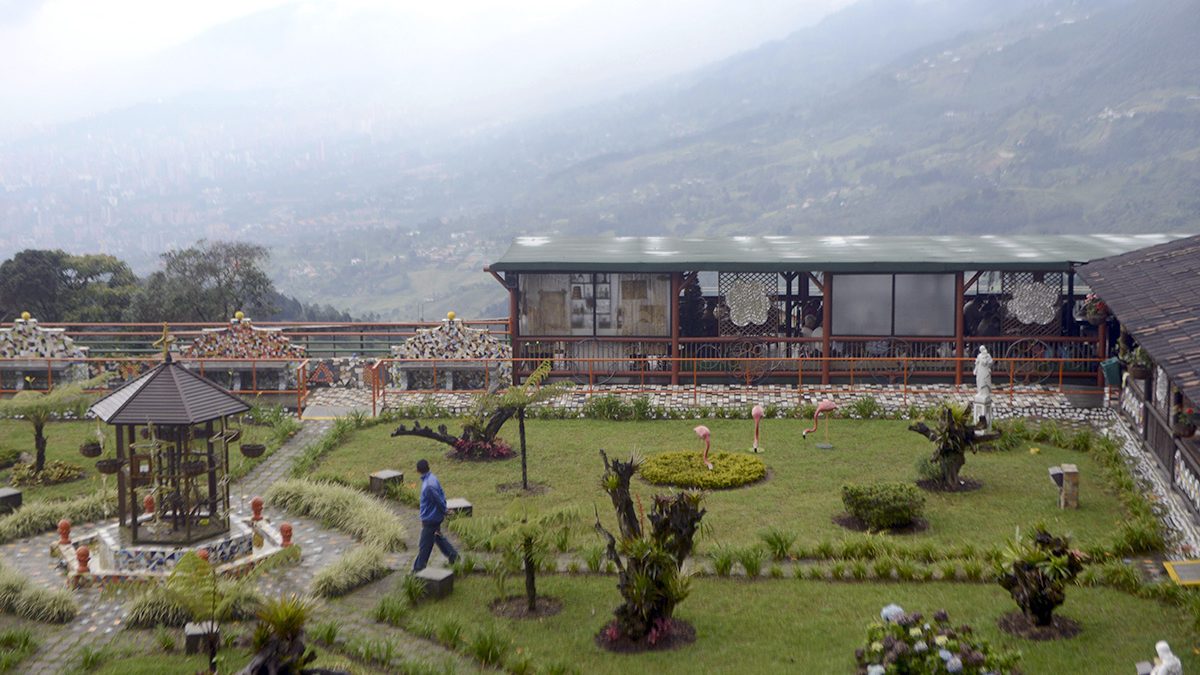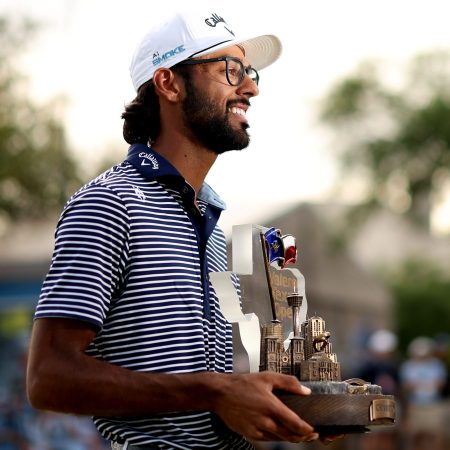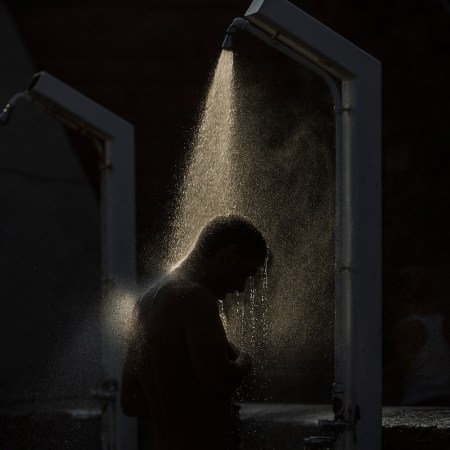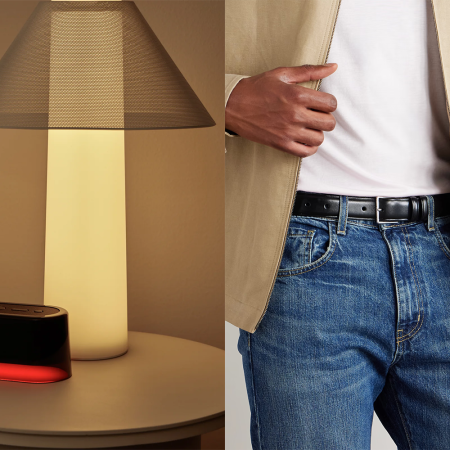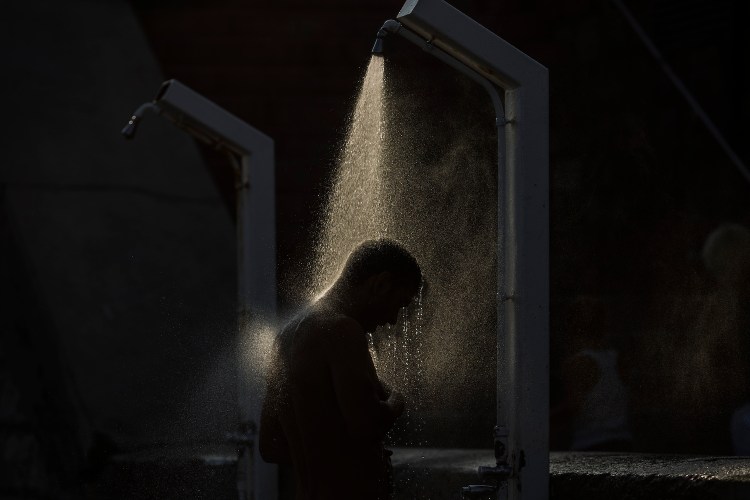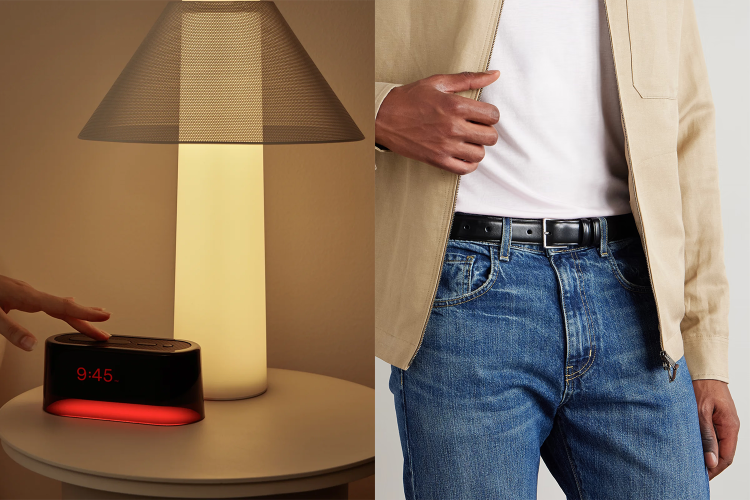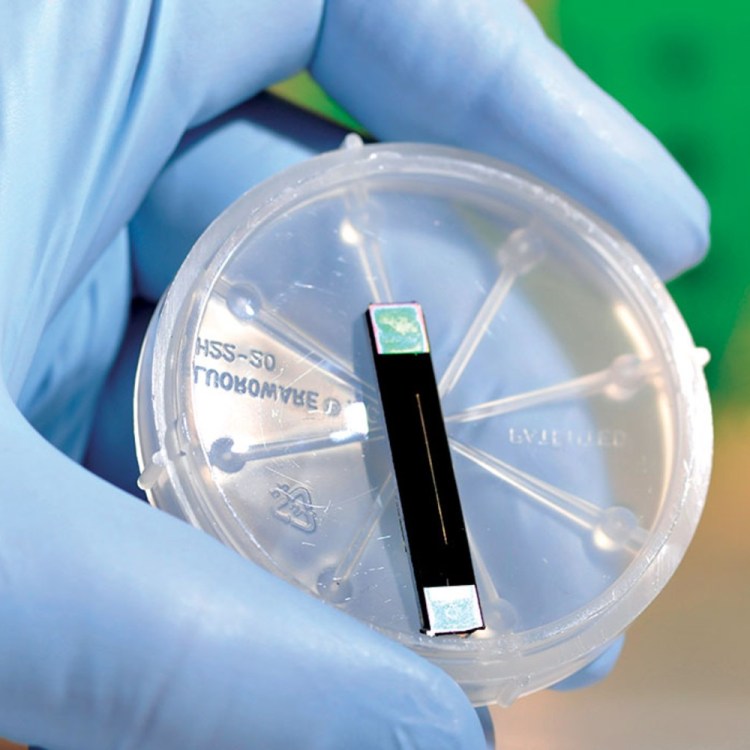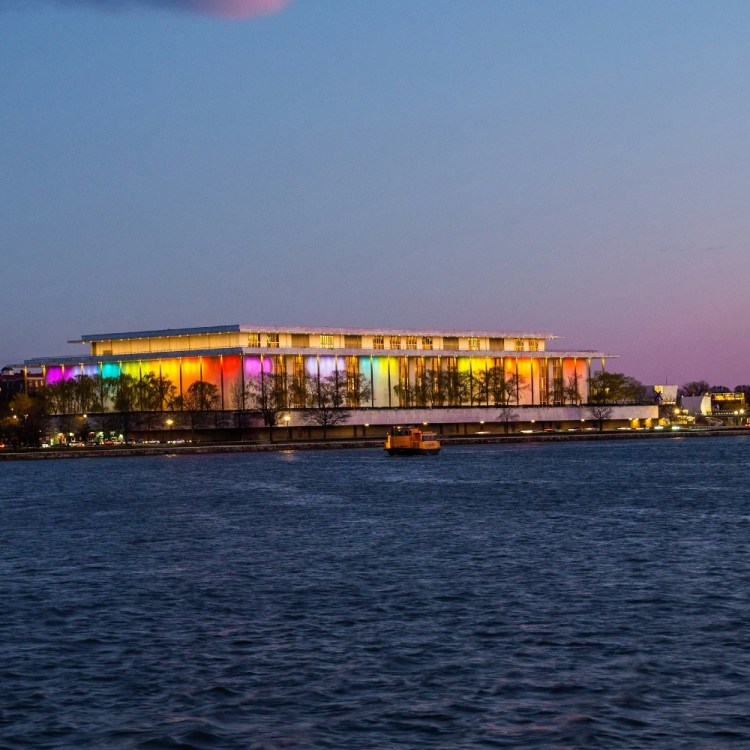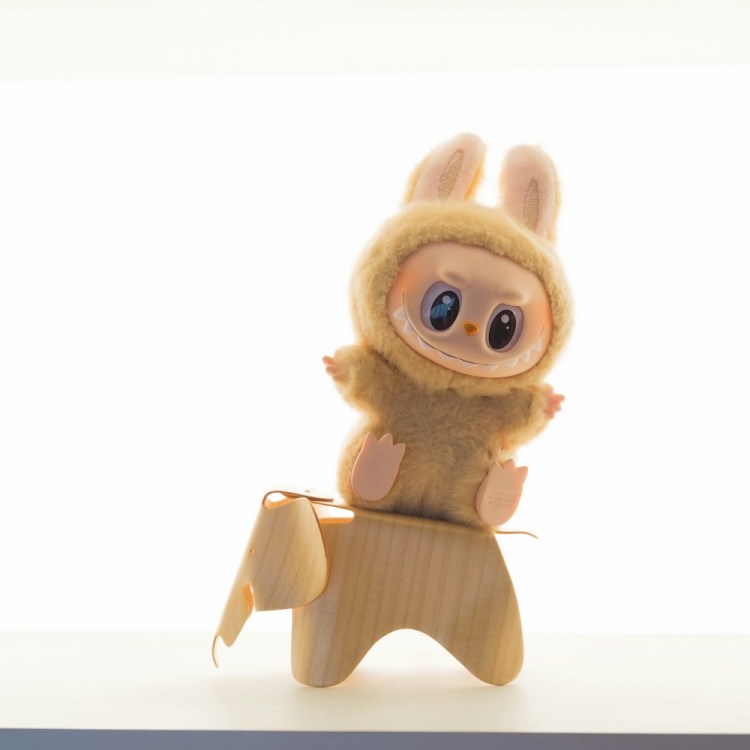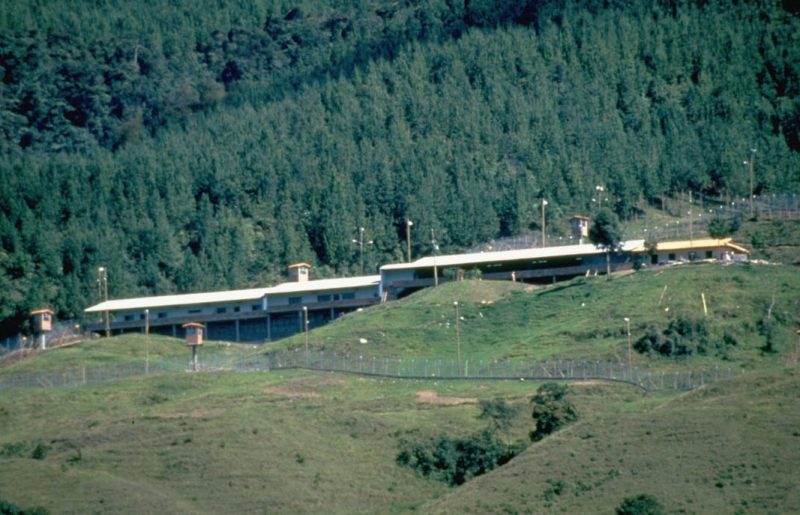
Spoiler alert: The first season of the Netflix series Narcos ends with Pablo Escobar escaping from prison. (Hey, with Season 2 here, you should already be caught up.) Of course, Escobar had a few advantages over the average prisoner with his jail break. A key one: He built the prison. Also, as a condition of his surrender, the drug kingpin—so successful Forbes declared him a billionaire—had negotiated to ensure he could essentially live as a free man within his jail, to the point that the Colombian National Police weren’t permitted within a 12-mile radius.
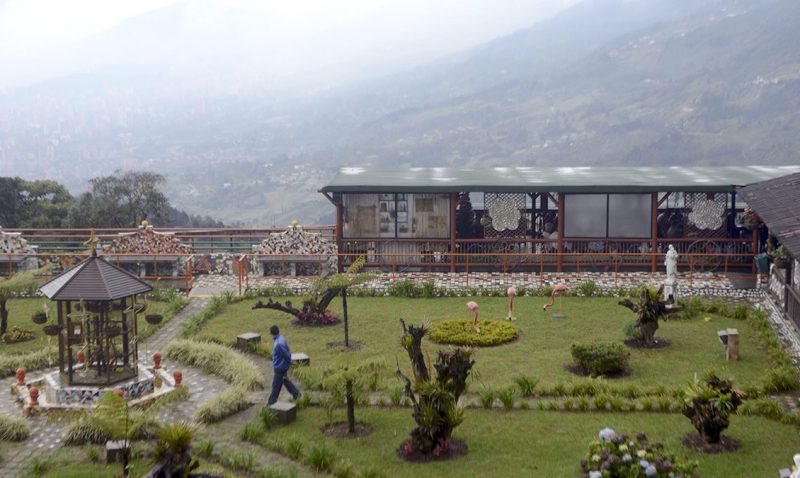
Indeed, Escobar carefully planned virtually every aspect of the prison (which was dubbed “La Catedral,” i.e. The Cathedral), in particular, insisting on a lush mountainside location to allow him a great view—particularly of potential attackers. Thanks to the fog surrounding it and the location’s steep topography, it made air assaults difficult if not impossible. Having buried a stash of weapons on the grounds, Escobar ensured he would control his fate to an astonishing degree.
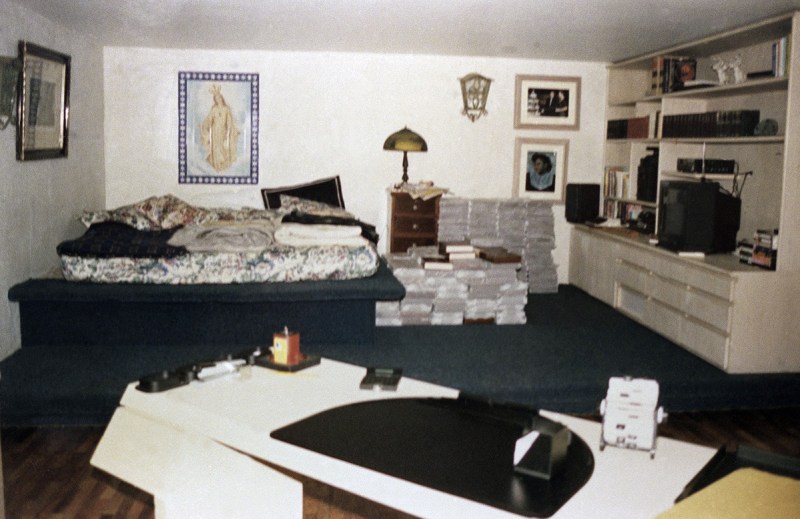
Having fully fortified himself, Escobar set out to make life “behind bars” as pleasant as possible. His prison included a “gym, a billiards room, a bar, a disco where Escobar even hosted wedding receptions, a sauna, a jacuzzi, a waterfall, big screen TV’s, and a life-sized dollhouse for when Escobar’s young daughter would visit.”
Escobar’s stay at his personal prison was a brief one, as he moved in on June 19, 1991, and fled on July 22, 1992. He managed to stay on the run for well over a year, finally being gunned down on December 2, 1993.
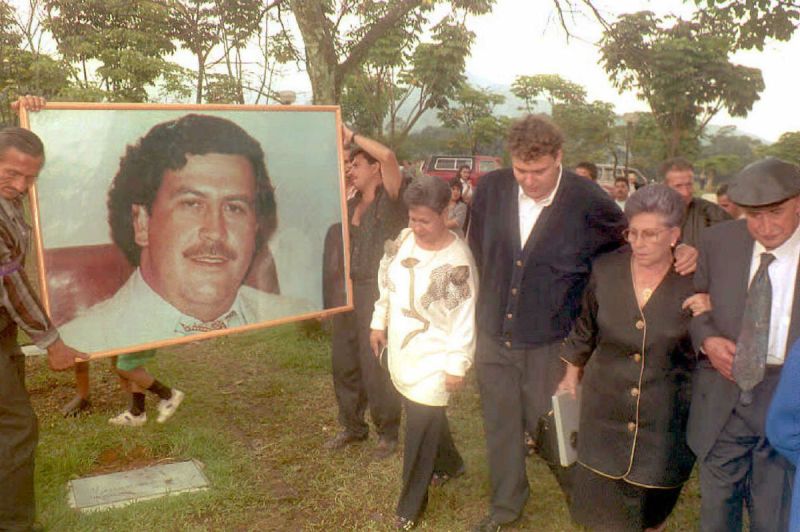
Today, Pablo’s prison has changed in a way he almost certainly could not have imagined: It is a home for the elderly run by Benedictine monks, who moved in and transformed it in 2007. To read Jeff Campagna’s account of the facility’s transformation (as well as more about Pablo), click here. To read Tom Griggs’ account for The Airship (which features more photos), click here. Below, watch a video of the prison in Escobar’s day. Shakily shot and free of narration, it still reveals a place that seems far more like an upscale frat house than one of incarceration.
This article appeared in an InsideHook newsletter. Sign up for free to get more on travel, wellness, style, drinking, and culture.
